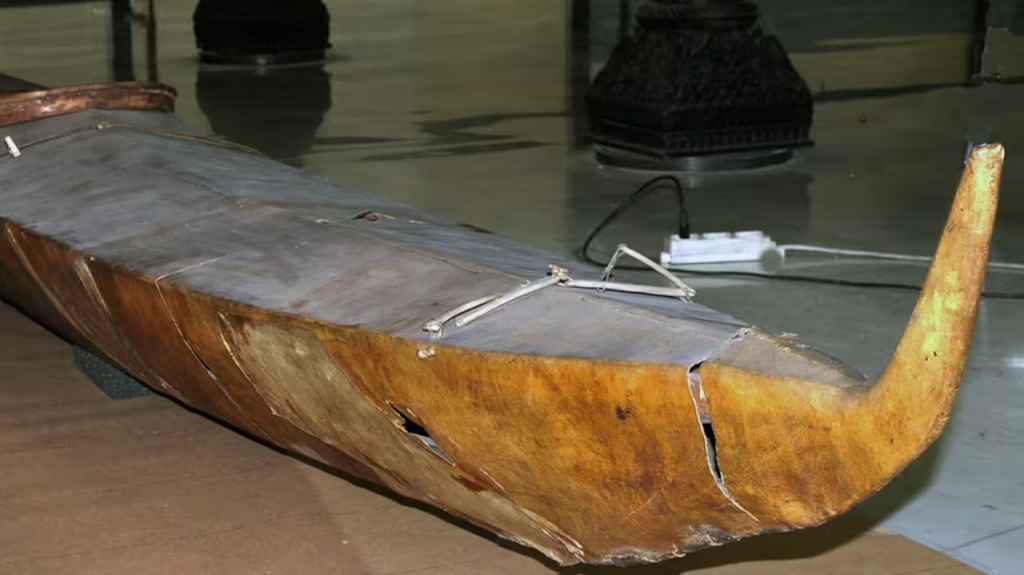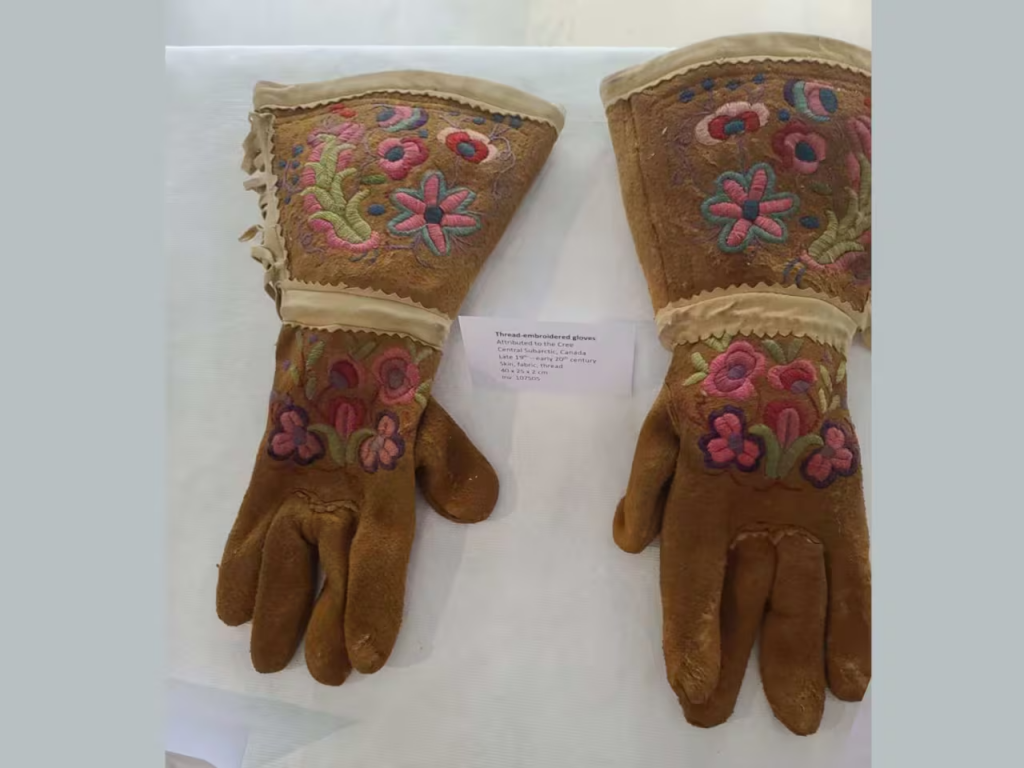Indigenous artifacts held in Vatican Museums finally heading back to Canada

Sources tell CBC News there is progress on an agreement to return objects by year’s end
The century-old kayak has spent decades locked away in the vaults of the Vatican Museums, its driftwood frame still holding together, though the fragile sealskin cover is partly tattered.
Out of sight for generations, the vessel carries the stories of Western Arctic communities, its sleek, delicate form a witness to Inuvialuit hunts of seals, walrus and whales — and now, to a long-awaited act of reconciliation between the Roman Catholic Church and Indigenous communities in Canada.
After complex negotiations, the kayak and other Indigenous artifacts are finally set to return home, a powerful symbol for communities whose children suffered in Catholic-run residential schools.
Sources tell CBC the Vatican and the Canadian Catholic Church are making good progress toward an agreement to return the cultural objects before the end of the year, in a handoff facilitated by the Canadian Conference of Catholic Bishops (CCCB).
The CCCB released a statement saying it has been “working closely with Indigenous Peoples on key issues of significance, including artifacts, many of which are currently in the care of the Vatican Museums,” and that it supports getting the artifacts back to their “originating communities.”
It said the official announcement will come directly from the Holy See, likely in the coming weeks.
‘Church-to-church’ donation
The items, including the rare kayak, one of only five such items in the world, will first go to the Canadian Museum of History in Gatineau, Que.
There, experts will assess their condition, confirm their age and origins, and work with a committee of Indigenous representatives to determine where they should ultimately be placed.
A source told CBC the handoff is structured as a “church-to-church” donation, allowing the Vatican to avoid setting a precedent of returning cultural objects directly to nations or communities.

The same model was used when the Vatican returned fragments of the Parthenon Marbles to Greece in 2023 — a gesture officially framed as an “ecumenical donation” to the Greek Orthodox Church, rather than the Greek state.
The same model was used when the Vatican returned fragments of the Parthenon Marbles to Greece in 2023 — a gesture officially framed as an “ecumenical donation” to the Greek Orthodox Church, rather than the Greek state.
A source not authorized to speak on the matter said the Vatican will give the artifacts to the Canadian Bishops with the explicit understanding that they will then pass them on to Indigenous communities.
The kayak and other items were originally sent to Rome in 1925 for a world exhibition organized by Pope Pius XI, who had invited Catholic missionaries across the globe to ship “examples of Indigenous life” from the regions where they worked.
Some 100,000 objects arrived in Rome, many of them taken from Indigenous communities during a time of forced conversion, cultural suppression and in Canada, the residential school system. Most became part of the Vatican’s permanent collection.
Along with the Inuvialuit kayak from the Western Arctic is a face mask from Haida Gwaii, beaded skin moccasins, etchings on birch bark and an ivory and sealskin sculpture of a dog sled.
Most of the Vatican’s Indigenous collection remains in storage in the “Animus Mundi” ethnological section of the Museums.
Return of items part of ‘healing journey’
In 2023, a year after Pope Francis’s “penitential” trip to Canada where he apologized for some members of the Church’s role in residential schools, the Catholic leader acknowledged the importance of restitution of the objects.
After, then-prime minister Justin Trudeau, and later foreign minister Mélanie Joly, pressed the Vatican to bring the objects back to Canada during meetings in Rome.
For Indigenous leaders, the pending return is both symbolic and deeply personal.
“Every single one of those artifacts are sacred items, crucial for the healing journey for many residential school survivors,” said Federation of Sovereign Indigenous Nations Chief Bobby Cameron in an interview with CBC in May.

His organization, which represents Saskatchewan’s First Nations, has repeatedly asked the Vatican to return sacred objects, including pipes and ceremonial regalia, that were removed from communities by missionaries.
Cameron renewed that call following the election of Pope Leo XIV in May.
In 2023, the Vatican formally repudiated the Doctrine of Discovery, the 15th-century papal position used to justify colonization, but Indigenous advocates say tangible acts like repatriation are key to reconciliation.
Academic researchers say the Vatican’s claim that the Indigenous materials were sent as “gifts” to the Pope ignores the coercive context of their collection.
Gloria Bell, a McGill University art historian and expert on the Vatican holdings, told CBC some objects were likely seized under the federal potlatch ban that criminalized traditional ceremonies from 1885 to 1951.
Within weeks, the return of the fragile Inuvialuit kayak and other artifacts will mark not just a physical homecoming, but a tangible response to decades of cultural loss.
Related stories from around the North:
Canada: Inuit Art Foundation takes over art certification from Canadian government, Eye on the Arctic
Finland: Sami NGO demands removal of “Far Northern Attire” from Square Enix’s Final Fantasy, Eye on the Arctic
Norway: Certification marks help both Sami artisans and consumers, says council, Eye on the Arctic
United States: This American company is selling ‘ulu-inspired knives.’ Inuit say, that’s not right, CBC News



